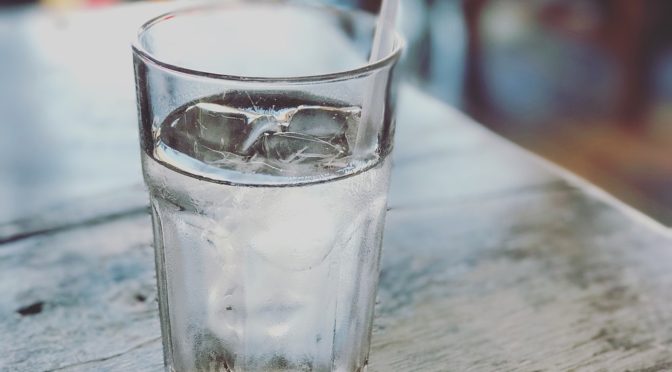 Whether your rainwater harvesting system is for non-potable or potable use, there are key factors that dictate the quality of that collected water and the success of your system. Collection surfaces should be compatible with intended usage. While an asphalt shingle roof may lend itself for collection of a non-potable demand, a baked enamel, metal roof would be preferred for potable use.
Whether your rainwater harvesting system is for non-potable or potable use, there are key factors that dictate the quality of that collected water and the success of your system. Collection surfaces should be compatible with intended usage. While an asphalt shingle roof may lend itself for collection of a non-potable demand, a baked enamel, metal roof would be preferred for potable use.
Rainwater that has been collected in a manner that reduces debris and contamination will store better than that which has not. Bacterial growth can be kept to a minimum by prescreening and aerating rainwater entering storage. Diffusing, or calming water entering storage will reduce disturbance of any sediment, allowing microorganisms to do their job by eating bacteria. All inlets and outlets of cistern(s) should be screened and protected from insects and vermin entering the storage tank. Mid-level in the water column is the cleanest source of water to be delivered to the pressure pump and can be achieved with a floating/screened suction.
Properly designed and installed conveyance and storage should require little maintenance, but should be looked after by the purveyor. Gutter system and screens should be inspected and cleaned as needed, especially during pollen season. Debris in the gutter should not be allowed to enter the conveyance lines. Periodic inspections will reduce the buildup of unwanted debris that may cause odor or discoloration of your stored water.
By conveying and storing your harvested rainwater properly, your pressurizing and filtration system will operate to its greatest potential, producing quality domestic water for both non-potable and potable demands.

